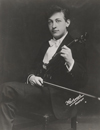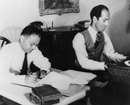Reviews
The Violent World of Kosky's Walküre
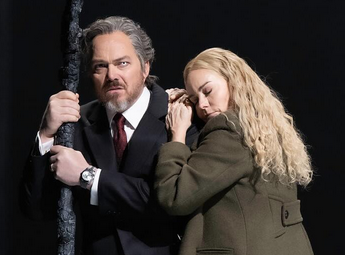 LONDON—It should come as no surprise that Barrie Kosky's new Royal Ballet and Opera production of Die Walküre should have its roots firmly in the German-domiciled director’s native Australia. The smoldering tree trunks, so evocatively realized in Rufus Didwiszus’s spare yet effective set designs, were apparently inspired by a trip home the director made while his country was in the grip of a particularly serious bush fire season.
LONDON—It should come as no surprise that Barrie Kosky's new Royal Ballet and Opera production of Die Walküre should have its roots firmly in the German-domiciled director’s native Australia. The smoldering tree trunks, so evocatively realized in Rufus Didwiszus’s spare yet effective set designs, were apparently inspired by a trip home the director made while his country was in the grip of a particularly serious bush fire season.
Haunting imagery, a clear yet intellectually complex staging, and Antonio Pappano’s commanding account of the score were all reasons to applaud the May 1 premiere of one of London’s hottest opera tickets. Only some uneven singing took the top off an otherwise memorable night.
The Earth has burned, is the overriding message of Kosky’s enthralling staging. Wood smokes, Wotan’s spear is a charred branch lopped from the World Ash, and magic fire breaks out on every limb of the gnarled tree in which Brünhilde is sealed for her long sleep. The last is particularly spectacular, reminding us that Kosky remains a showman for all his cerebral thoughtfulness. The question is: How and why has this happened?
Struggling to offer us an answer is Erda, the Earth Mother, an old woman, vulnerable in her nakedness, and played here with enormous presence by Illona Linthwaite. As in his provocative 2023 Das Rheingold, she was onstage pretty much throughout, presiding over a storytelling that resembled a hazy musical memory play. Erda was the first thing we saw, gazing out into the silent auditorium from a bare stage before Pappano’s urgent downbeat, and she was the last, watching Wotan’s slow exit as if to say, “So, what have you done, now?”
Victoria Behr’s costumes complemented Kosky’s essentially contemporary setting. Wotan wore a tailored business suit, Fricka was elegant in violet haute couture and a fur, while Siegmund sported two hooded tops, the under-version a startling shade of eggshell yellow. The locations were stark. Hunding’s dwelling was a sheer wooden wall with two doors and an embedded sword; Act II was set on the foggy road to nowhere with four lampposts shining faintly through the mist; the final Act was the single aforementioned tree. Alessandro Carletti’s classy lighting design caressed every set element, bringing out a myriad of colors in the knotted panels of the wall and turning the tree a startling frosty white.
More than a little misogyny
This was a violent world. Hunding, apparently a cop or security guard, smacked Sieglinde about, laying bare their loveless liaison. Later, Wotan treated Brünnhilde similarly. Fricka was clearly more comfortable wheedling than commanding. Women, it seemed, struggle in a world dominated by senselessly aggressive men. The Valkyries, meanwhile, were a pack of blood-spattered ghouls tipping buckets of carbonized ashes over laden charnel carts. Only when they were on their own, such as at the opening of Act III when the Valkyries joined hands and whirled around Erda, did we sense the existence of other, women-only spaces.
Among the highlights were several Kosky-esque coups des theâtres. When Siegmund asked Brünnhilde if his sister Sieglinde could join him in Valhalla, Erda’s appearance with a heat-desiccated corpse made it all too clear what would befall her should she remain behind. Even more breathtaking was the moment Siegmund turned to welcome in the spring only to discover the strikingly illuminated Erda bearing a gigantic basket of flowers.
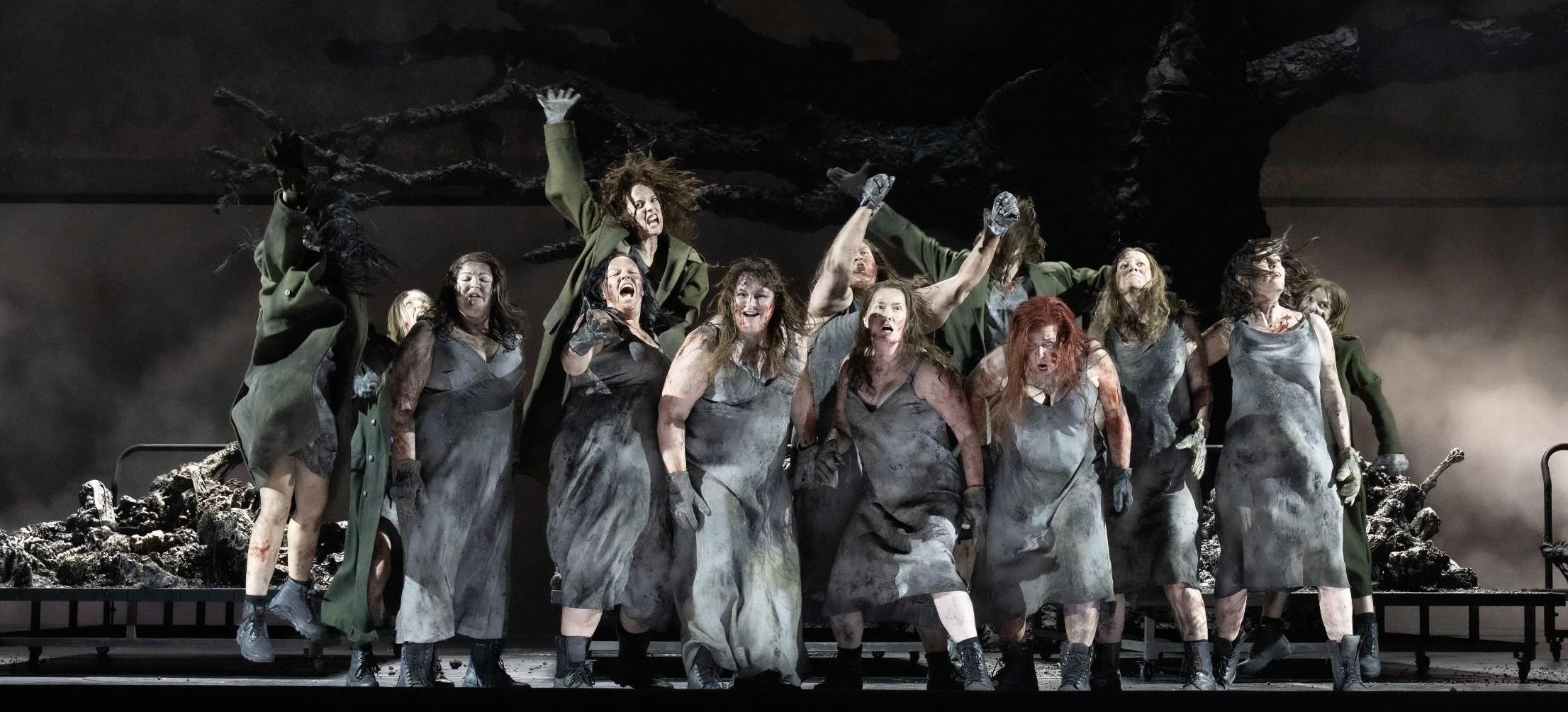
The Valkyries in Barrie Kosky's new Royal Opera House staging of Die Walküre
Musically, Pappano led from the front with an organic performance that felt just right, even when he made bold and original choices in terms of tempo or dynamic shading. Flexible and fluid, he inspired a terrific account of the score from the excellent Royal Ballet and Opera Orchestra. Shapley phrasing and sensitivity to singers and stamina were very much in evidence.
The casting was a case of swings and roundabouts. Swedish soprano Elisabet Strid, who now has a fair few Wagnerian roles to her credit, was problematic as Brünnhilde. It’s not that she did much wrong, the performance just felt limited in ambition. There was warmth, and her girlish naivety sat well, but nothing could disguise a lack of volume and a weakness at the bottom of the range (the role in Die Walküre lies frustratingly low for some singers). It was rather awkward that several of her Valkyrie sisters offered greater vocal riches.
By way of contrast, Christopher Maltman fired on all cylinders as an over-confidant and subsequently conflicted Wotan. His was the standout performance in Das Rheingold, and it was again here. His heroic, ringing tone, not unlike the late great Theo Adam, was an advert for casting a baritone in the role. Top notes felt bright and easily encompassed, while his text was delivered with a Lieder singer’s attention to detail.
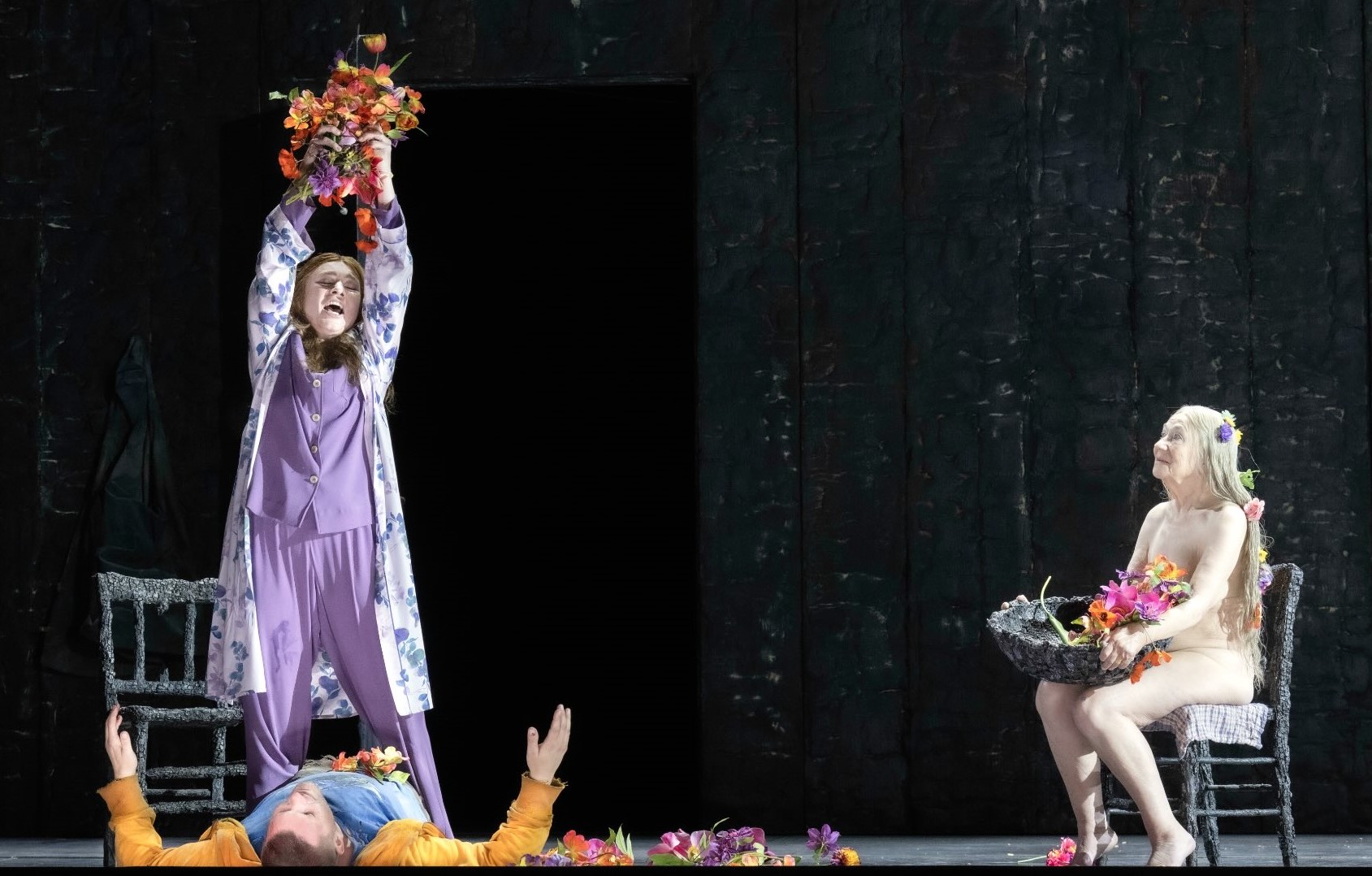 The other star of the show was Natalya Romaniw, standing in at shortish notice for a pregnant Lise Davidsen and making her role debut as Sieglinde. The Welsh-Ukrainian soprano sang with power across the full range while putting in a thoroughly sympathetic performance. “Der Männer Sippe,” was admirably clear, with nothing scooped, and she crowned it all with a soaring account of the uplifting redemption motif.
The other star of the show was Natalya Romaniw, standing in at shortish notice for a pregnant Lise Davidsen and making her role debut as Sieglinde. The Welsh-Ukrainian soprano sang with power across the full range while putting in a thoroughly sympathetic performance. “Der Männer Sippe,” was admirably clear, with nothing scooped, and she crowned it all with a soaring account of the uplifting redemption motif.
Less successful was French tenor Stanislas de Barbeyrac as Siegmund. Despite a convincing dramatic performance (albeit heavy on the grunting and overdoing the ‘’I haven’t had a drink in days’’ acting), the voice sometimes lacked horsepower. Occasional lapses in intonation were frustrating and most notes above the stave were excessively covered.
There was a fine performance from Soloman Howard as a stygian-toned Hunding, Marina Prudenskaya was a lyrical Fricka, though her diction was garbled at times, and the Valkyries were outstanding.
Post-apocalyptic, or eco-centric Ring Cycles are not exactly new, but this one is turning out to be pretty original. This highly watchable Die Walküre lays the tantalizing groundwork for Siegfried and Götterdämmerung, scheduled to appear in the next two seasons.
Top photo: Christopher Maltman as Wotan; Elisabeth Strid as Brünnhilde.
Bottom: Stanislas de Barbeyrac; Natal Natalya Romaniw; Illona Linthwaite (Siegmund, Sieglinde, Erda)
Photos by Monika Rittershaus





 FEATURED JOBS
FEATURED JOBS

 RENT A PHOTO
RENT A PHOTO
